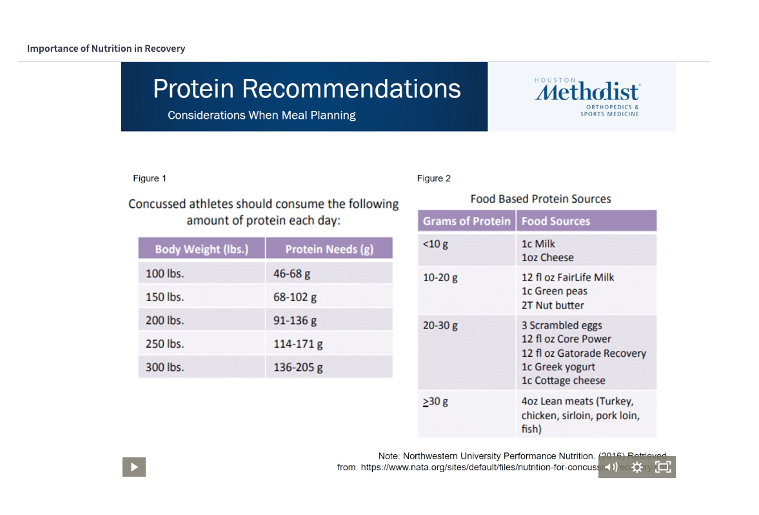You know the phrase, “you are what you eat”? Well after a severe injury or illness I have found this to be truer and truer for every athlete I work with. After sustaining a concussion, the blood brain barrier becomes compromised and causes a lack of filtration of toxins. This leads to symptoms such as fatigue, brain fog, lack of concentration, poor memory, etc. The brain literally has no moat to protect it! As clinicians we have to educate our athletes on how to restore the blood brain barrier, protect the brain, and give it an optimal environment to heal on its own. Side note: a great professor once said, “The body will heal itself, we just have to give it the tools to do so.” What kind of tools should we have in our toolbox? At Dr. Fitzgerald & Associates, we look at what foods cause inflammation due to the body’s increased inflammatory response after injury. As with orthopedics, concussion injuries also go through the same inflammatory process and some people get stuck in this phase of healing. This is when they need the tools in our tool box to get through the “stuck”. What do these tools look like? For starters, research what foods may cause inflammation. Many of these include gluten, dairy, nightshades, and caffeine. It takes a special kind of artist to guide someone through dietary changes, especially to make sure they are getting enough protein and fats which is what the brain and blood brain barrier are made of. Really challenging someone to focus on what they can eat vs. what they cannot, keeping their focus positive vs. negative, is key to improving nutritional habits and concussion symptoms associated with them. Secondly, how do you know they are getting enough protein? See below for recommendations from Houston Methodist Orthopedics & Sports Medicine; it’s a great resource! Craving more on nutrition and concussion? Stay tuned for part 2 of this series: a case study on how cutting out gluten abolished an athlete’s symptoms completely.

